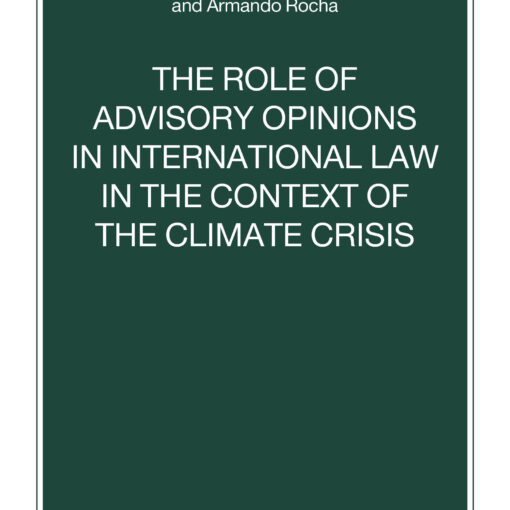by Daniel Firger
Associate Director
When Ross Perot spoke of “that giant sucking sound” back in 1992, he was warning of NAFTA’s potential to drive manufacturing jobs south of the border to cheaper Mexican facilities. These days, the sucking sound is loudest in China – not Mexico – and it is drawing not merely jobs but also primary commodities such as copper, tin, coal and oil into the gaping maw of Chinese industrial production.
Chinese demand for energy and natural resources is reshaping global supply chains and upending longstanding geopolitical alliances, leaving businesses and policymakers struggling to reorient themselves to an increasingly Beijing-centered market.
Take coal, for example.
The scale of Chinese and Indian demand for the dirtiest fossil fuel is enormous, notwithstanding huge new investments in renewable energy projects (particularly in China). As the New York Times reported on February 21,
“burgeoning economic growth in China and India requires tons of energy in whatever form it is available. So, yes, while China and India have become bold pioneers in clean technology, they are also enthusiastically developing new sources of the oldest, most polluting fuels. The investments in the latter often dwarf the new clean-tech commitments in terms of dollars and ambition.”
One way for Asian governments to secure energy supplies is by going out and buying up coal mines and oil fields directly. As I explained in an earlier post, they are doing exactly that. For example, Coal India Ltd., a state-controlled entity and the world’s largest coal producer, has budgeted billions of dollars this year to acquire foreign coal mines.
A second, simpler method is to enter into long term supply contracts with commodity producers. Chinese demand for coal is so great, in fact, that mining companies the world over are scrambling to ramp up production and build new distribution networks to get their product to new customers in the sprawling industrial belt along China’s east coast. In some cases, coal producers are undertaking such projects without direct Chinese involvement. Australia-based Ambre Energy, for instance, has proposed a major expansion of a port facility in Longview, Washington owned by its subsidiary, Millennium Bulk Logistics. The proposal, which would send huge new quantities of coal west from the Powder River Basin in Wyoming to the scenic Columbia River Gorge, is the subject of a high profile legal challenge brought by Earthjustice, Sierra Club, Climate Solutions and Columbia Riverkeeper. A hearing before the Washington State Shoreline Hearings Board is scheduled for April 11, 2011.
In other cases, the Chinese government is heavily involved not just in securing new energy resources, but in building new infrastructure projects to get those resources to market. In Colombia, the world’s fifth largest coal exporter, President Santos recently disclosed plans for a $7.6bn railroad project to be funded by the Chinese Development Bank and operated by China Railway Group. The new rail line, dubbed a “dry canal” and designed to compete with a much more famous canal bisecting Colombia’s northern neighbor Panama, would transport huge quantities of Colombian coal to port facilities on the Pacific coast for onward transit by ship to China. The project, if completed, would represent one of the largest infrastructure investments in Latin American history, and would dramatically reshape international markets and supply chains–ships carrying coal to China are expected to load up on Chinese manufactured goods for the return trip across the Pacific, and Colombia would serve as a major new distribution hub for all manner of products sold throughout South and Central America.
While still in the planning stages, Colombia’s Canal Seco (dry canal) signifies a disturbing environmental trend, with huge new investments in dirty fossil fuel extraction and transport across the developing world all but guaranteeing decades and perhaps centuries of future global warming. Geopolitically, the project represents a huge step away from the traditional hemispheric alignment where most international commerce ran along a north-south axis, and towards a trans-Pacific orientation in which Bogota-Beijing and Santiago-Shanghai commercial ties matter more than connections to Washington.
Whichever way you slice it, this is one project worth watching.
Associate Director and Fellow, Center for Climate Change Law



